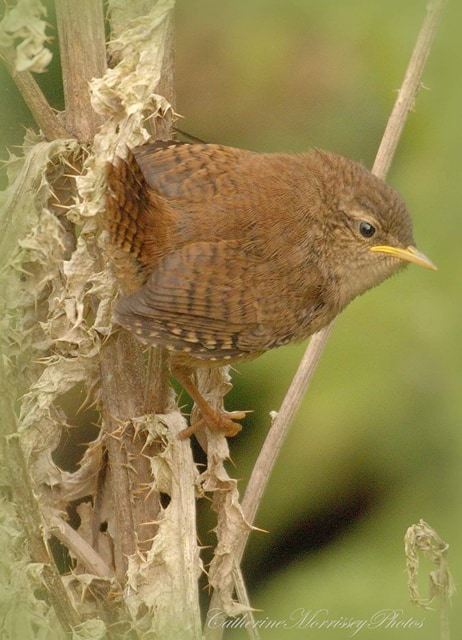The internet is a cat-lover’s heaven. Be it on a blog, Facebook, YouTube (or something as simple as a Google search), the viewer will be inundated with images of cats, ranging from the domestic pet to documentaries on their larger, wild counterparts. However, there are more species of cat in the world than we’re aware of, and one precious species you might not be familiar with is the precious Rusty-Spotted Cat.

The Rusty-Spotted Cat, also known as the world’s smallest cat, is a splendid little wild cat residing in India and Sri Lanka. Weighing in at only 2lb – 3.5lb, it is 14 to 19 inches in length, with a tail ranging from 5.9 to 11.8 inches. It could fit into the palm of your hand, and is roughly half the size of a typical domestic cat.
Its preferred habitat is moist or dry deciduous forests, bamboo forests, scrub and grassland. It favours dense vegetation and rocky areas, and is most likely absent from evergreen forests.
Observation of captive – and some wild – Rusty-Spotted cats has revealed that they are mainly nocturnal. They have frequently been spotted hiding in trees and caves. They are known as the Hummingbirds of cats because of their diminutive size and quick movements. They hunt relatively large animals, but feed on small creatures such as rodents and birds, as well as lizards, frogs and insects.
Don’t let their diminutive size fool you – they are keenly aware of the world around them. Despite being two-hundred times small than the Lion, their eyes are six times as powerful as ours, and they can distinguish up to a billion different odours. Their whiskers are rooted in a bed of nerves, making them highly sensitive to their surrounding environment.
Their fur is short and soft, with grizzled, brownish-grey upper parts, tinged with rufous spots. They have small, rounded heads, with a white stripe inside each eye. Their cheeks are white with several reddish-brown streaks, and their ears are short and rounded, with rufous-grey spots on the back. Their eyes are large and greyish brown or amber. They have short legs with black-soled feet. Kittens lack the rusty spotting, and have blue irises.
Rusty-Spotted cats mate from one to five minutes. Before birth, the female prepares a den in a secluded location. She produces a litter of one to three kittens, after a gestation period of sixty-five to seventy days. Kittens reach sexual maturity after sixty-eight weeks.
The longevity of wild cats is unknown, but captive Rusty-Spotted Cats have lived for up to twelve years.
Bibliography:
BBC. Big Cats, Episode 1. The World’s Smallest Cat. http://www.bbc.co.uk/programmes/p05srpx8 Accessed January 18, 2018.
International Society for Endangered Cats, Canada. Rusty-Spotted Cat. https://wildcatconservation.org/wild-cats/asia/rusty-spotted-cat/ Accessed January 18, 2018.
Wikipedia. Rusty-Spotted Cat. https://en.wikipedia.org/wiki/Rusty-spotted_cat Accessed January 18, 2018.
Wildscreen Arkive. Rusty-Spotted Cat. http://www.arkive.org/rusty-spotted-cat/prionailurus-rubiginosus/ Accessed January 18, 2018.







 Male Robin defending his territory.
Male Robin defending his territory. Male and Female Robin courting, the male just having fed her.
Male and Female Robin courting, the male just having fed her.